Effective project management is no longer a luxury – it’s a necessity for businesses of all sizes. Whether you’re launching a new product, implementing a significant organizational change, or simply trying to complete a routine task, a well-defined and executed project management approach can dramatically increase your chances of success. This article will delve into the core strategies and techniques that underpin successful project management, providing you with a solid foundation for optimizing your workflows and achieving your goals. Project management is about more than just ticking boxes; it’s about delivering value, managing risk, and fostering collaboration within your team. It’s a dynamic process that requires adaptability and a commitment to continuous improvement. Let’s explore some key strategies to help you master this critical skill.

Understanding the Foundations of Project Management

Before diving into specific techniques, it’s important to understand the fundamental principles that guide effective project management. A successful project begins with a clear understanding of the project’s objectives, scope, and constraints. This initial assessment should involve stakeholders – individuals or groups who have an interest in the project’s outcome – and a thorough analysis of the project’s requirements. Without a solid grasp of these elements, projects are prone to scope creep, missed deadlines, and ultimately, failure. Furthermore, a well-defined project charter – a formal document outlining the project’s purpose, objectives, and key stakeholders – is crucial for establishing a shared understanding and ensuring everyone is aligned. Proper planning and risk assessment are also paramount. Ignoring these foundational elements can lead to significant problems down the line.
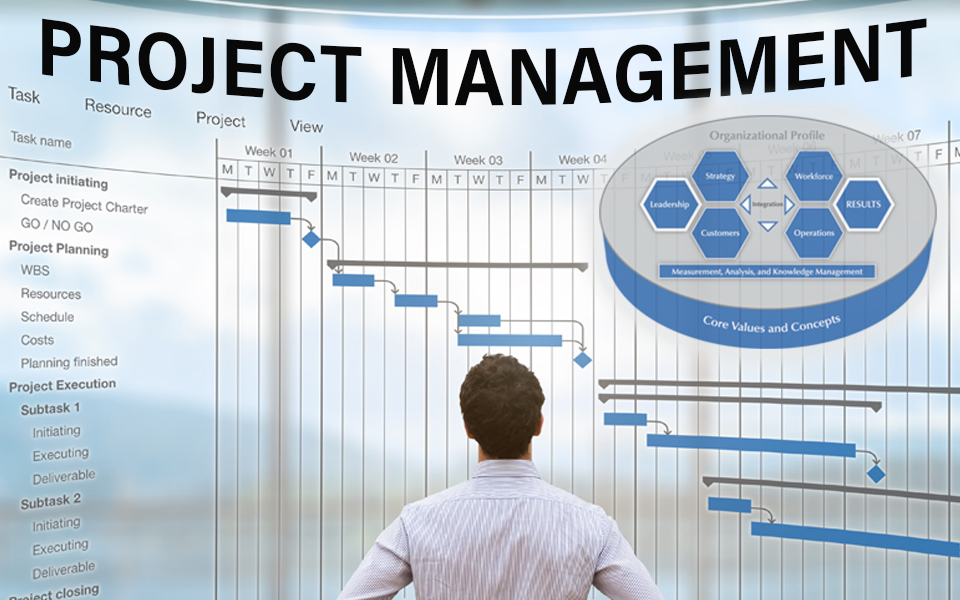
Defining Project Scope and Objectives
Clearly defining the project scope – what is included and what isn’t – is the cornerstone of successful project management. A poorly defined scope leads to scope creep, where the project expands beyond its original intent, increasing costs and delaying timelines. Conversely, a scope that’s too narrowly defined can result in missed opportunities and ultimately, a project that doesn’t deliver the intended value. Objectives should be SMART – Specific, Measurable, Achievable, Relevant, and Time-bound. Instead of simply stating “improve customer satisfaction,” a SMART objective would be “Increase customer satisfaction scores by 10% within the next six months by implementing a new feedback system.” Documenting these objectives and ensuring they are communicated effectively to all stakeholders is vital. Regularly reviewing and refining the scope as the project progresses is also essential.
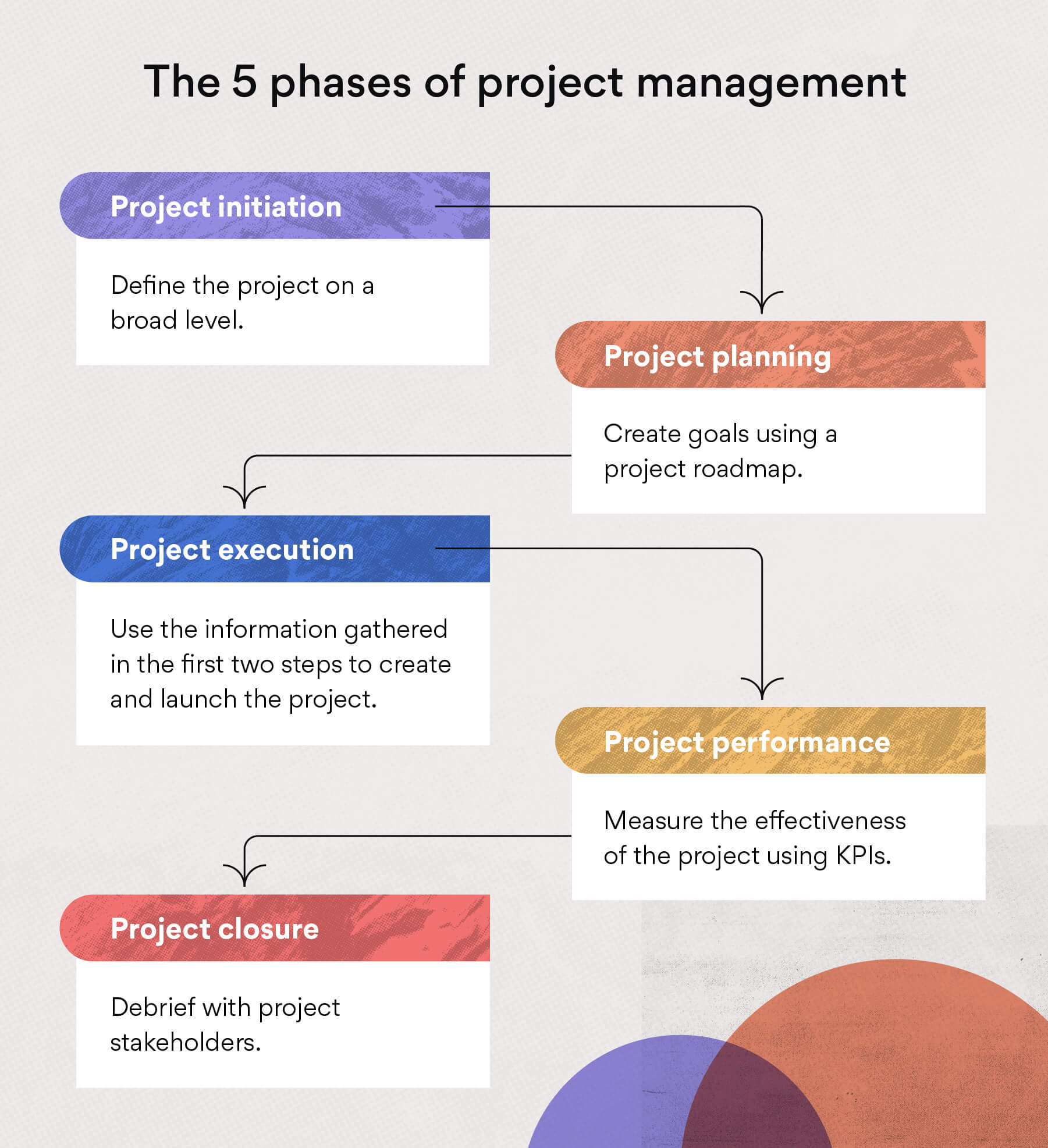
Agile Methodologies: Embracing Flexibility and Iteration
Many organizations are increasingly adopting Agile methodologies, which are particularly well-suited for complex projects with evolving requirements. Agile emphasizes iterative development, continuous feedback, and collaboration. Unlike traditional, waterfall approaches, Agile breaks down the project into smaller, manageable sprints, allowing for flexibility and adaptation throughout the process. Each sprint typically involves planning, execution, and review – a process that allows the team to learn and adjust as they go. Key Agile principles include:
.jpg?width=1000&name=01 - What are the Phases of Project Management - Asset 02 (3).jpg)
- Customer Collaboration: Regularly engaging with the customer to gather feedback and ensure the project aligns with their needs.
- Iterative Development: Developing and delivering incremental value in short cycles.
- Self-Organizing Teams: Empowering teams to make decisions and manage their own work.
- Continuous Improvement: Regularly reflecting on the process and identifying areas for improvement.
The benefits of Agile include increased responsiveness to change, improved product quality, and greater customer satisfaction. While Agile isn’t a one-size-fits-all solution, it’s a powerful approach for many types of projects, particularly those with uncertain requirements.

Waterfall Methodology: A Traditional Approach
While Agile is gaining popularity, the Waterfall methodology remains a viable option for certain types of projects, particularly those with well-defined requirements and a predictable timeline. Waterfall follows a sequential, linear approach, where each phase of the project – requirements gathering, design, implementation, testing, and deployment – must be completed before the next phase begins. This approach is best suited for projects where requirements are stable and unlikely to change. However, Waterfall can be inflexible and may struggle to accommodate evolving needs. It’s important to note that Waterfall’s rigidity can lead to delays and cost overruns if requirements are not thoroughly understood upfront.
/essential-project-manager-skills-2062461-final-300a73f3c77545a89641cc2e17a54bb5.png)
Risk Management: Identifying and Mitigating Potential Problems
Risk management is a critical component of any successful project. It involves identifying potential risks – events or conditions that could negatively impact the project – and then developing strategies to mitigate those risks. A risk register – a document that lists potential risks, their likelihood of occurrence, and their potential impact – is a valuable tool for tracking and managing risks. Common risk categories include technical risks, schedule risks, budget risks, and resource risks. Proactive risk management involves identifying potential risks early on and developing contingency plans to address them. Regularly reviewing the risk register and updating mitigation strategies is essential. Don’t underestimate the importance of communication – keeping stakeholders informed about potential risks and their mitigation plans is crucial for maintaining transparency and collaboration.
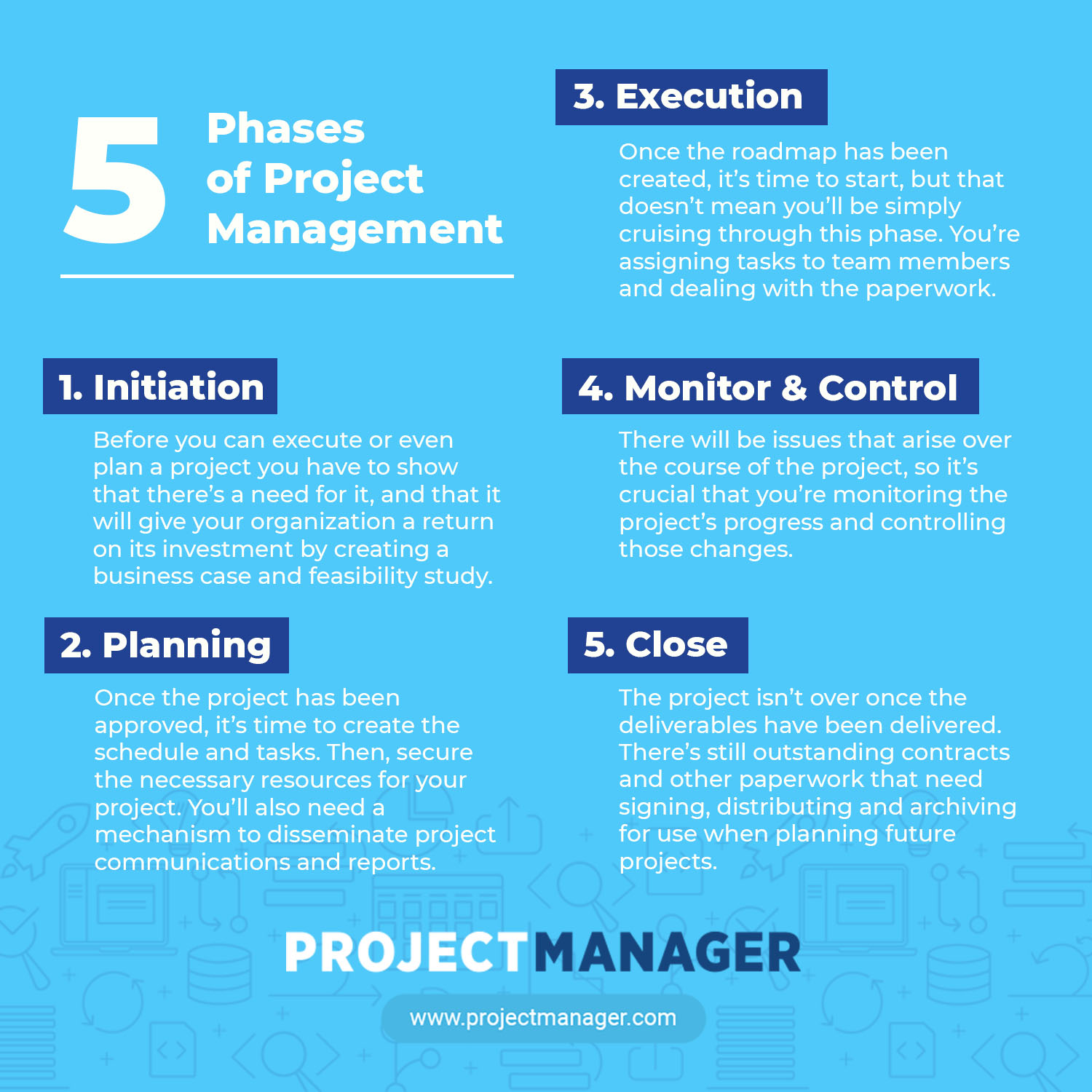
Effective Communication and Collaboration
Effective communication and collaboration are essential for any project team. Miscommunication and lack of collaboration can lead to misunderstandings, delays, and ultimately, project failure. Establishing clear communication channels and protocols is crucial. Regular team meetings, status reports, and project management software can facilitate communication and keep everyone informed. Encouraging open communication and fostering a collaborative environment are vital for ensuring that everyone is working towards the same goals. Tools like Slack, Microsoft Teams, and project management software (Asana, Jira, Trello) can significantly enhance communication and collaboration. It’s also important to establish clear roles and responsibilities within the team.
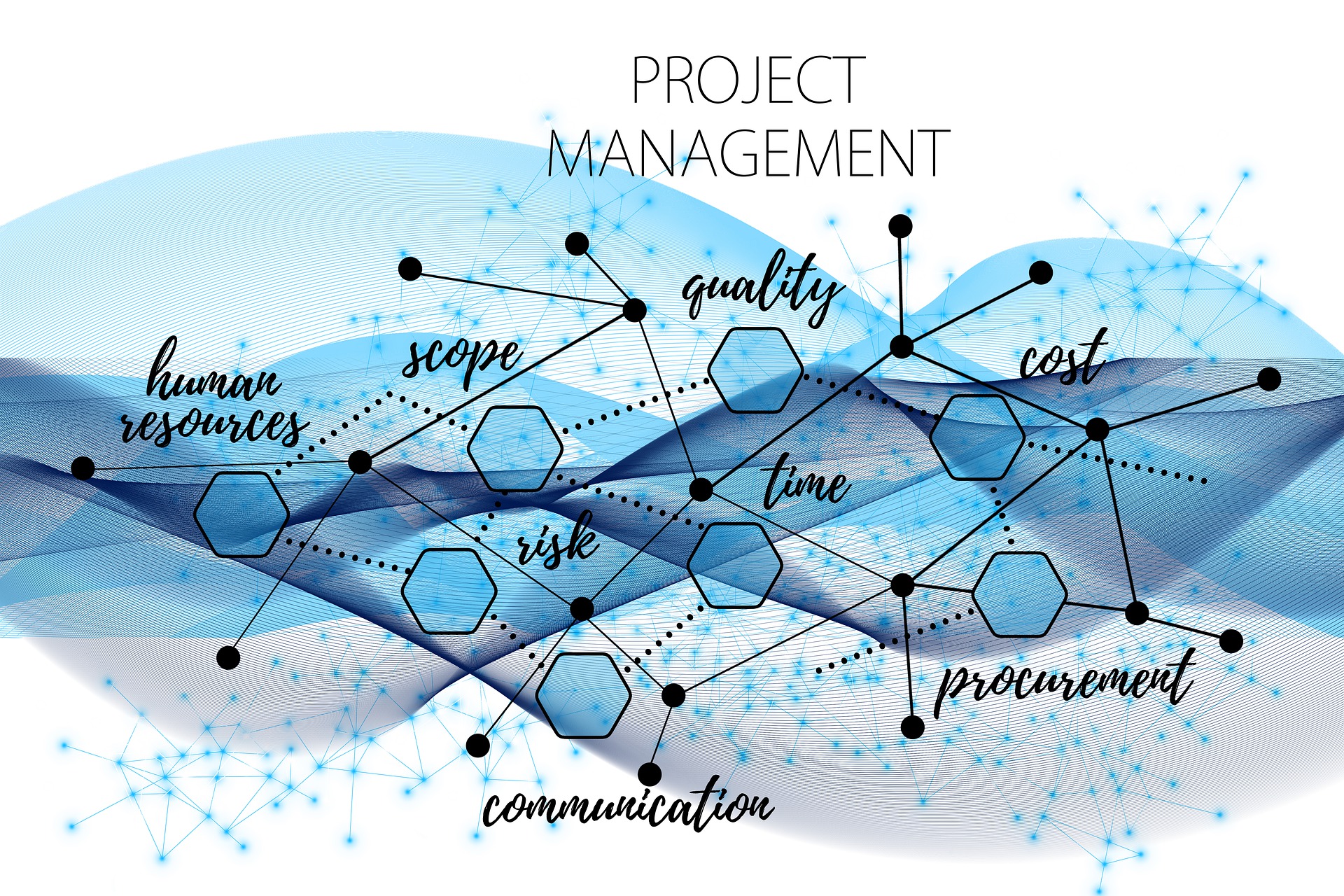
Project Management Tools and Technologies
Fortunately, a wide range of project management tools and technologies are available to help teams manage their projects more effectively. Choosing the right tools depends on the size and complexity of the project, as well as the team’s preferences. Popular options include:
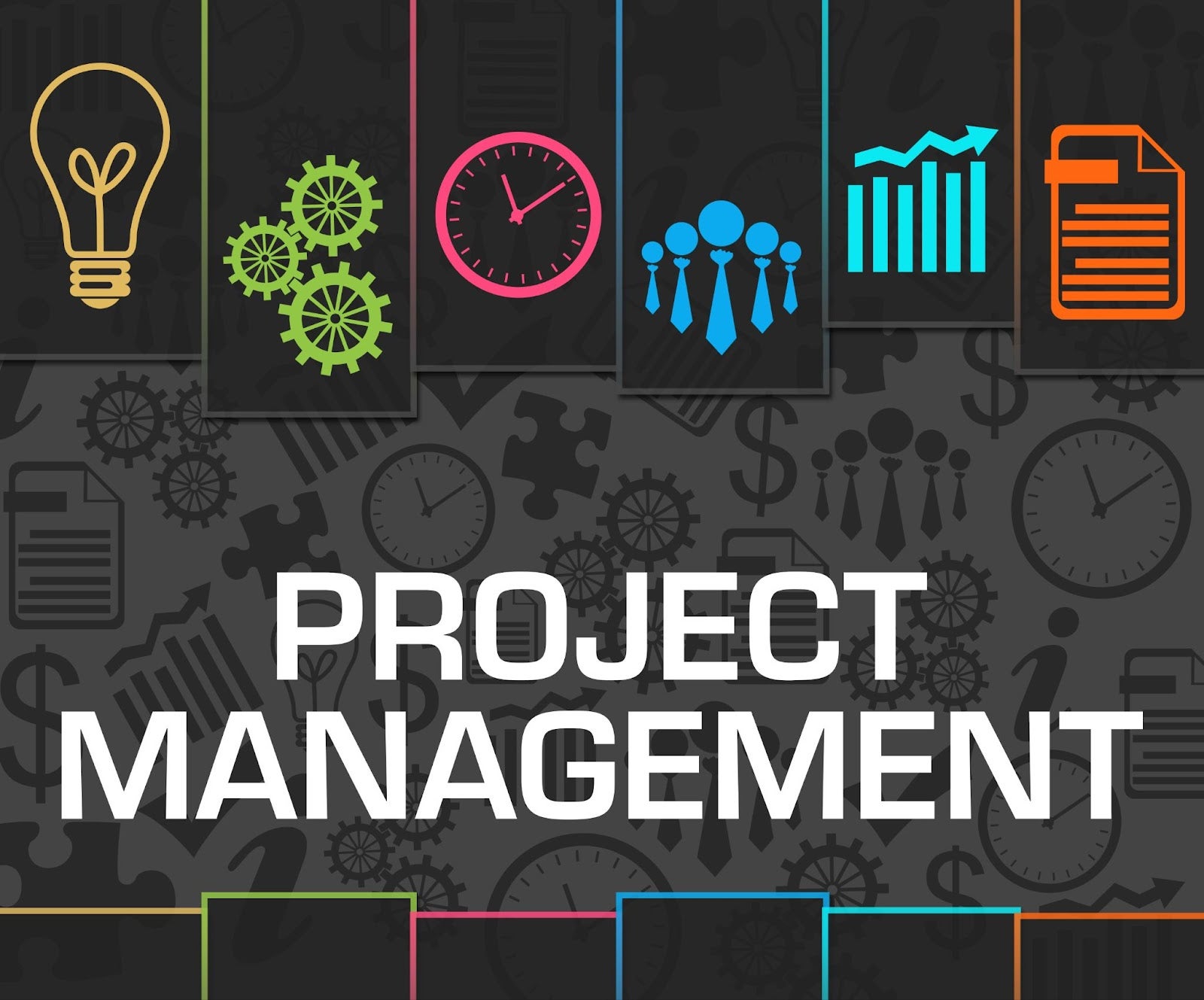
- Asana: A versatile project management tool for task management, collaboration, and workflow automation.
- Trello: A visual project management tool based on Kanban boards, ideal for agile teams.
- Jira: A powerful tool specifically designed for software development teams, offering advanced features for bug tracking and issue management.
- Microsoft Project: A comprehensive project management tool often used for complex projects with detailed scheduling and resource management.
- Google Workspace (Docs, Sheets, Slides): Useful for collaborative document creation and tracking.
Selecting the right tool is a crucial step in optimizing project management processes.
Conclusion: Building a Foundation for Success
Project management is a complex and multifaceted discipline, but it’s also a vital skill for any organization. By understanding the fundamental principles, employing appropriate methodologies, proactively managing risks, and fostering effective communication and collaboration, you can significantly increase your chances of delivering successful projects. Remember that project management is not a one-time activity; it’s an ongoing process of planning, execution, monitoring, and control. Continuous improvement and adaptation are key to long-term success. Project management is an investment in your organization’s future. By consistently applying these strategies, you can transform your projects from potential pitfalls into opportunities for growth and achievement. Ultimately, a well-executed project management strategy delivers tangible results, contributing to increased efficiency, improved profitability, and enhanced customer satisfaction. Don’t underestimate the power of a thoughtfully planned and executed project.